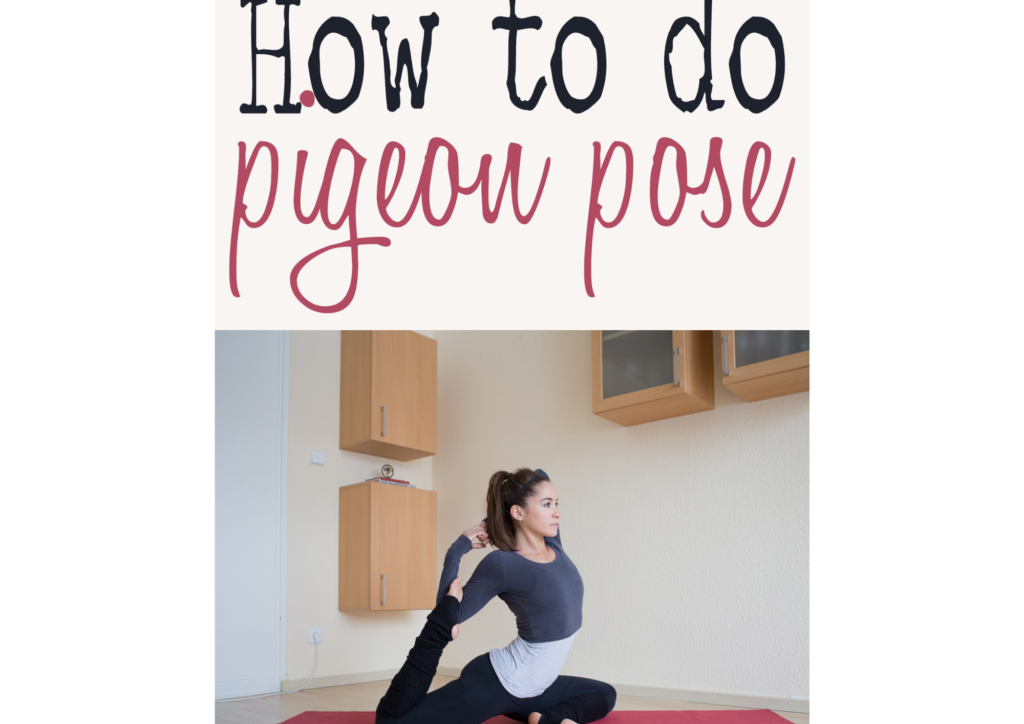“Discover the benefits of pigeon yoga pose! Learn step-by-step how to do pigeon yoga with or without blocks to boost flexibility, release tension, and improve posture.”
- Introduction: What is Pigeon Yoga?
Pigeon yoga, or Kapotasana, is a popular yoga pose known for its ability to enhance flexibility and release tension, particularly in the hips and lower back. Whether you’re a beginner or an experienced yogi, mastering pigeon yoga can help improve posture, reduce stress, and promote overall relaxation.
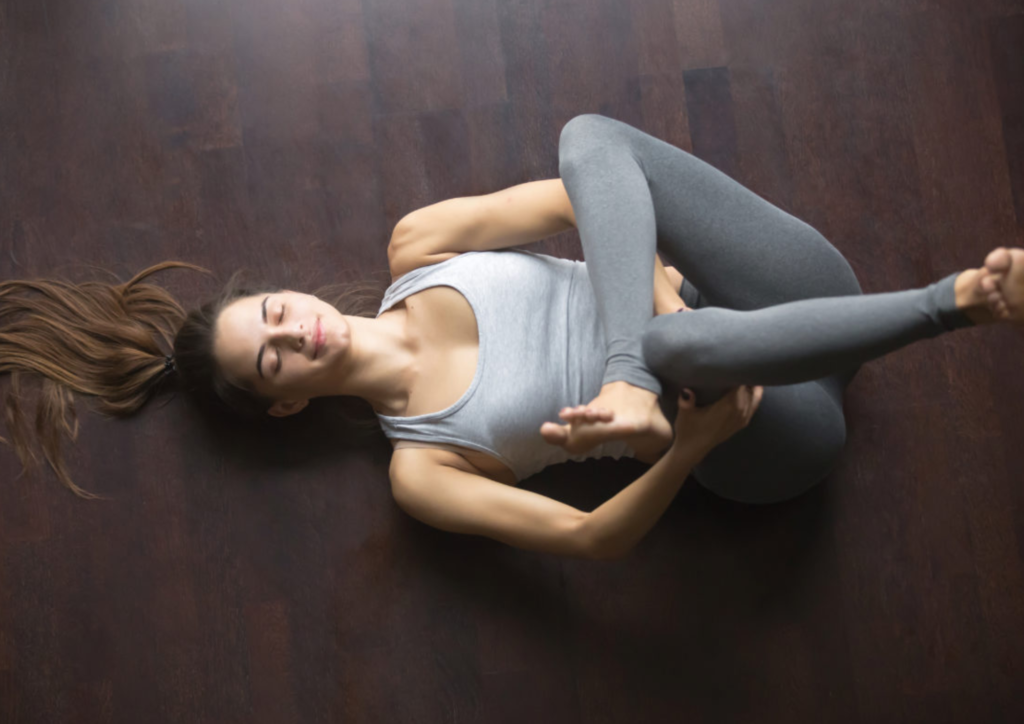
- Benefits of the Pigeon Yoga Pose
Practicing pigeon yoga offers numerous physical and mental benefits, including:
- Improved Flexibility: Opens up tight hip flexors and strengthens muscles.
- Reduced Tension: Relieves lower back pain and sciatica discomfort.
- Better Posture: Aligns the spine and improves overall body balance.
- Stress Relief: Encourages mindfulness and relaxation by easing tension.
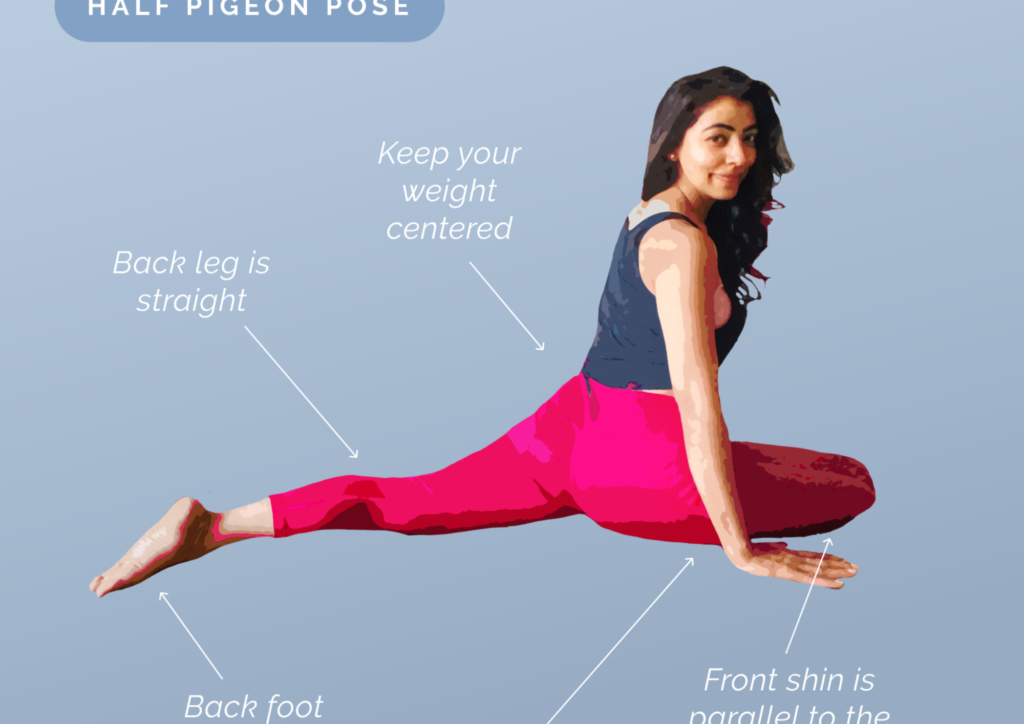
- How to Do the Pigeon Yoga Pose
Step-by-Step Guide
- Start in Downward Dog: Begin on your hands and knees, then lift your hips to form an inverted V-shape.
- Move Into Pigeon Pose: Bring your right knee forward, placing it behind your right wrist. Extend your left leg straight back.
- Adjust Your Position: Square your hips to face forward, ensuring your weight is evenly distributed.
- Lengthen Your Spine: Inhale to elongate the spine, and exhale as you fold forward, resting on your forearms or forehead.
- Hold the Pose: Stay in the position for 30 seconds to a minute, focusing on your breath.
- Switch Sides: Repeat the steps on your left leg for balance.
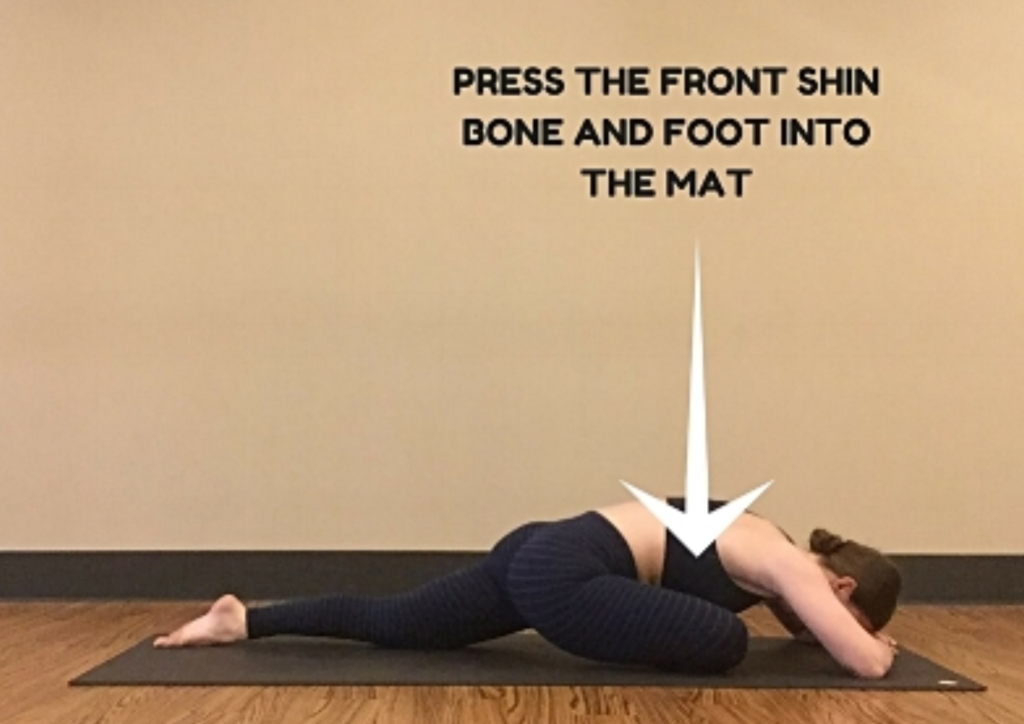
4. Modifying Pigeon Yoga Pose with Yoga Blocks
Using yoga blocks can make pigeon pose yoga accessible for beginners or those with limited flexibility.
Steps with Blocks
- Support Under Hips: Place a yoga block under the hip of your bent leg to help stabilize and reduce strain.
- Adjust Forward Fold: Rest your forearms or forehead on a block if reaching the floor feels uncomfortable.
- Maintain Alignment: Using a block to elevate your pelvis, keep your hips square.
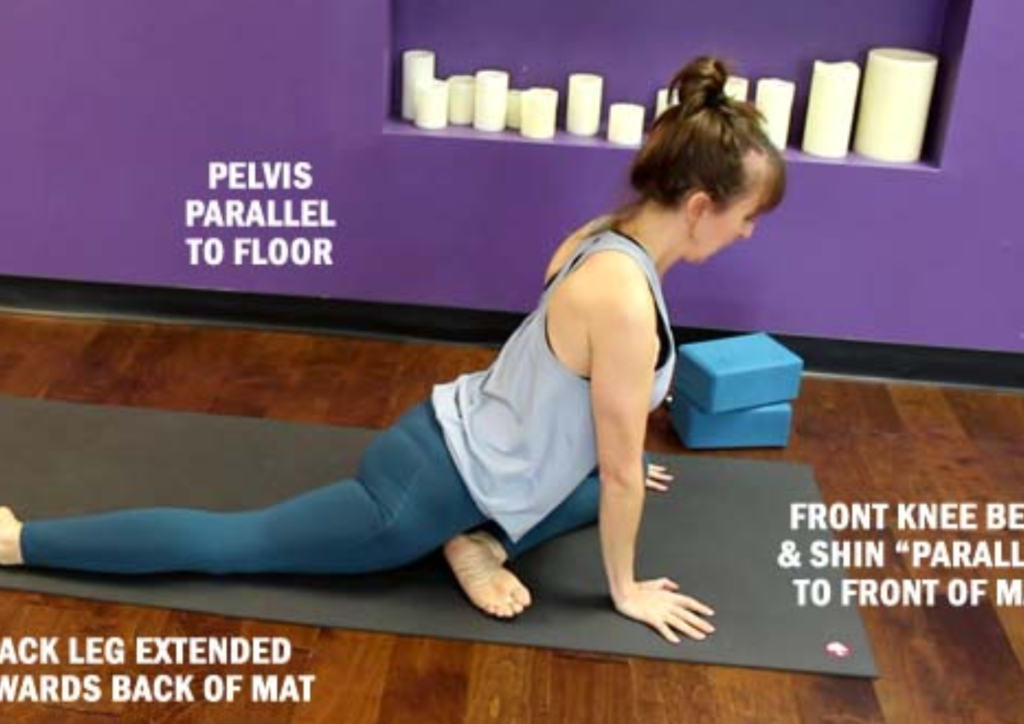
These modifications ensure proper alignment and make the pose more comfortable, allowing you to enjoy its benefits without overexertion.
- Common Mistakes to Avoid
- Forcing the Stretch: Avoid pushing yourself too hard; let your body open naturally.
- Uneven Hips: Keep both hips facing forward to prevent misalignment.
- Ignoring Pain: Discomfort is normal, but sharp pain indicates you should ease up.
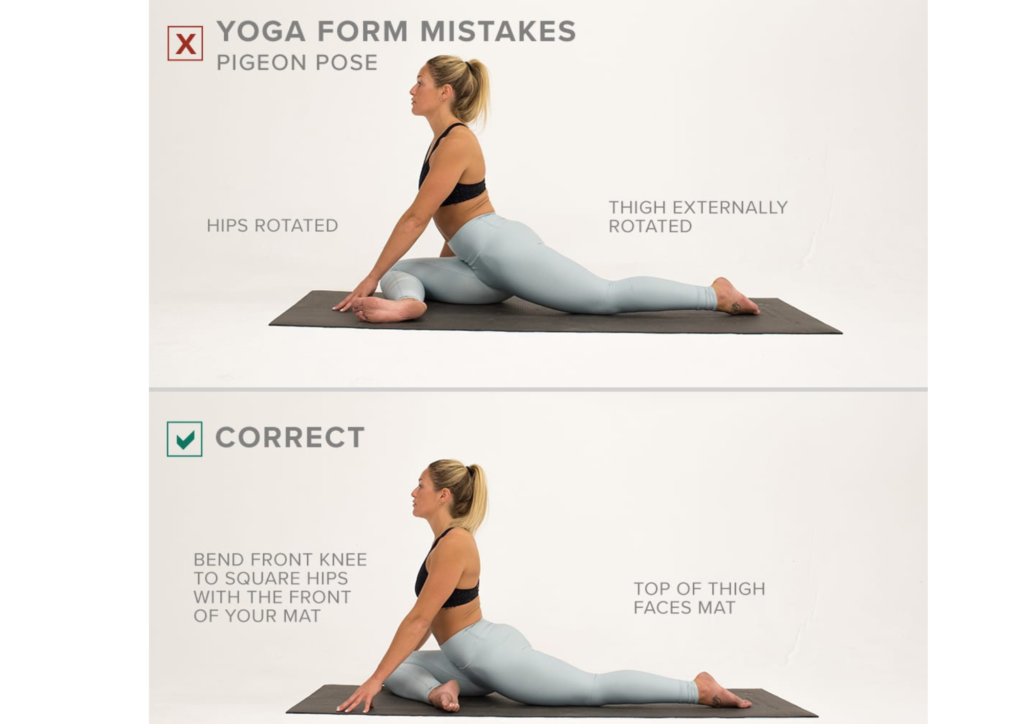
- Tips for Deepening Your Pigeon Yoga Practice
- Use Props: Incorporate blankets or bolsters for additional support.
- Hold Longer: Gradually increase the time you hold the pose to deepen the stretch.
- Focus on Breathing: Breathe deeply to release tension and enhance relaxation.
- Engage Your Core: Activating your core helps maintain balance and stability.
- Final Thoughts on Pigeon Yoga
Pigeon pose yoga is a transformative pose that combines physical flexibility with mental relaxation. Whether you practice traditionally or use yoga blocks, it’s a valuable addition to any yoga routine. Embrace this pose to unlock tight hips, release stress, and elevate your well-being.

